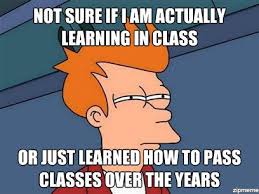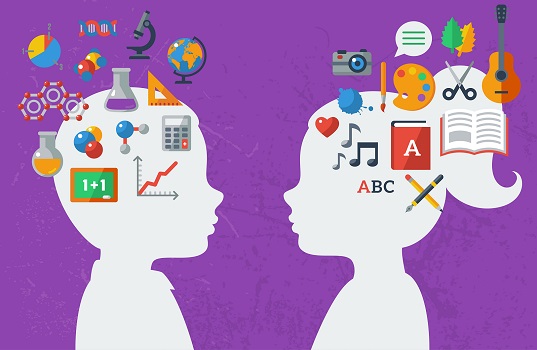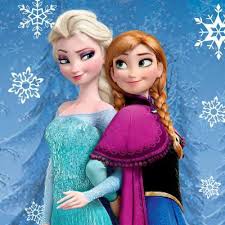After working as a gift shop manager, then as an assistant manager for TJ Maxx, and finally ending up as the customer service manager of a Dave’s Marketplace I decided I really didn’t want to work nights, weekends, and holidays. My daughters were three and five years old when I decided to follow my true passion, to become a teacher. So I went to RIC (luckily they accepted all my Bridgewater State College credits from 1992-1995) and worked nights as a waitress to help support my family. It was a tough three years but I graduated with my bachelors degree in 2005 and spent the next nine years substitute teaching. I bounced around long term positions including two years as a building substitute in Smithfield, and countless positions in Cumberland and Lincoln none leading to a full time position. I was about to give up when I was offered a part-time position in Central Falls. I decided to take it and I subbed the other half and was awarded a full time position the following year.
When I came to Central Falls the phrase I kept hearing was we need to “close the gap” between our ESL students and their mainstream peers. That was also when my journey towards an ESL masters degree also began. It wasn’t until I entered the program, where my eyes were truly opened to the inequities and white privilege that is still affecting my students on a daily basis. Four years later, I am still hearing the words and looking at data that shows this “gap” still blatantly apparent with a few tighter spaces but others where the gap expanded. The only change was more people talking about the gap and meetings to show it. What are we really doing to close this gap? Why are we unsuccessful?
My own solution was to adopt Blended Learning as my approach to teaching. My students were at so many different levels in their experience and understanding of the English language as well as in reading and math. I knew I had to find a way to meet all of their different needs and also expose them to the content and curriculum of fifth grade. I was extremely lucky that Central Falls hired a Blended Learning Coach that I was able to work with throughout the year to further develop so many things to let students take control of the learning. Breakout boxes are our new favorite, both the students and I loved and learned a lot about the process of learning and collaboration. I finally found a place where I felt like I could make a difference.
People often hear the term Blended Learning and think it means the computer takes over as the teacher. Instead think of the computer as providing time, practice, and feedback to the student on a given skill that was taught and allowing the teacher to retrieve that data at a later time to see if the student needs more support or is ready for a new skill. That is only one component it also provides for small group instruction, collaboration where students learn to work together and have to solve a common goal or problem, an independent piece where the student can show what they know, and a reflective piece on both their experience and their learning which is completed digitally through a google form. The programs used provide useful and helpful data that I readily share with the student. It gives the student the opportunity to discuss their difficulties and celebrate their successes. With Blended learning, I am becoming more of a Techno- constructivist everyday using virtual field trips and google Earth to “take them places” and playlists to differentiate my reading groups. We this I believe that there are no “digital natives” or “digital immigrants” we are all on this sliding scale and where you are depends on the amount of time, opportunity, and the desire to master this digital world. As a teacher, it is my job to teach my students to understand how to use technology to enhance their learning.
I feel Wesch would be a proponent of blended learning with his “growth mindset”, his belief that scaffolding supports learning, collaboration playing an important role, and his focus on the process in learning is more important than the final product or grade assigned. He understands that students have more potential than we see, just as I do.
As I continue to think about closing the gap for my students, I pondered a moment during a state assessment. The student had his hand raised needing me to read a word to him, that word was cul-de-sac. I read the word aloud as it’s the only thing I am aloud to do. He laughed and said “Is that a real word?” I could not answer, I just though in this whole square mile city, where this boy has spent his entire life, there is not one cul-de-sac.
So although I know I can’t possible teach my students all of the words they could encounter, I must make a more conscious effort to build their vocabulary. In order to build their vocabulary I also need to expose them to more text and make reading enjoyable and a tool for discovery about things that interest them and things they can connect to their own lives.
In our Making Meaning curriculum, five weekly vocabulary words from the book we read are assigned. In order to have students make connections to these vocabulary words I am going to encourage them find them in other places like songs, on television, in a video game or another book and to share where they hear or find theses words. To draw the students in I have titled it Jolly, Magnificent, Vocabulary, which will hang over the pocket
chart. Each time a student shares, he or she will receive a jolly rancher candy out of my candy jar.
Another issue I face, is getting student to consistently read independently to be exposed to vocabulary. I believe students need to have access to high interest and engaging text and need to be motivated and excited to learn through reading. Student choice is important, but so is their confidence. Sometimes my lower level readers are embarrassed or ashamed at the choices of books offered in our IRLA colored bins. Students need to feel safe and confident in the classroom, so I will build this confidence by having students read on Kindles during independent reading. Some of my IEP, ESL, and below level readers will use the text to speech feature and have the book read to them. Students will be taught and encouraged to use the dictionary feature on the kindle to support in learning new words. I have also found Print and laminate QR codes and I’ve already downloaded EPIC (My class account) and Raz Kids (My school district subscribes, so all students have accounts) on them. Students will build their own personal dictionary using google slides. Using the Kindles will make the entire experience more pleasurable for many students!
Our small group reading program, IRLA, focuses on the teacher and student conferencing every 10-15 days to discuss the student’s progress in reading. I will use these conferences to learn about my students and their lives so I can help them find things that they are interested in and set goals together in our interactive goal sheet. In the city of Central Falls, my students experience much less of the outside world than many other communities. Although I can’t change this I can provide them with virtual trips, google Earth, CNN student news and other online experiences to expose them to more of the world around them. This, I hope will encourage them to question the world around them rather than accept things how they are. I will encourage them to find their voice and make a difference in their own way. I will keep the conversations going with my students and between them, as a way to not only teach them patiences, according to Turkle, but also to encourage self-reflection which she fears will become a lost art in this digital age.
Like Wesch, I want my students to be “active, life-long learners” with “critical thinking skills” and an ability “to think outside the box”. He explains that it might be best to start by getting students to ask “better questions”. To instill the desire to want to know more, discover more, and never be finished learning is what I strive for as a teacher, not students getting the right answers and knowing the facts I taught. Students exposure to vocabulary through reading, writing, connecting, and interacting will continue to grow and develop into an ability to ask better questions. Better questions will lead to more questions and ultimately increased learning. And some day with enough of us to change education I think it can truly close the gap!









